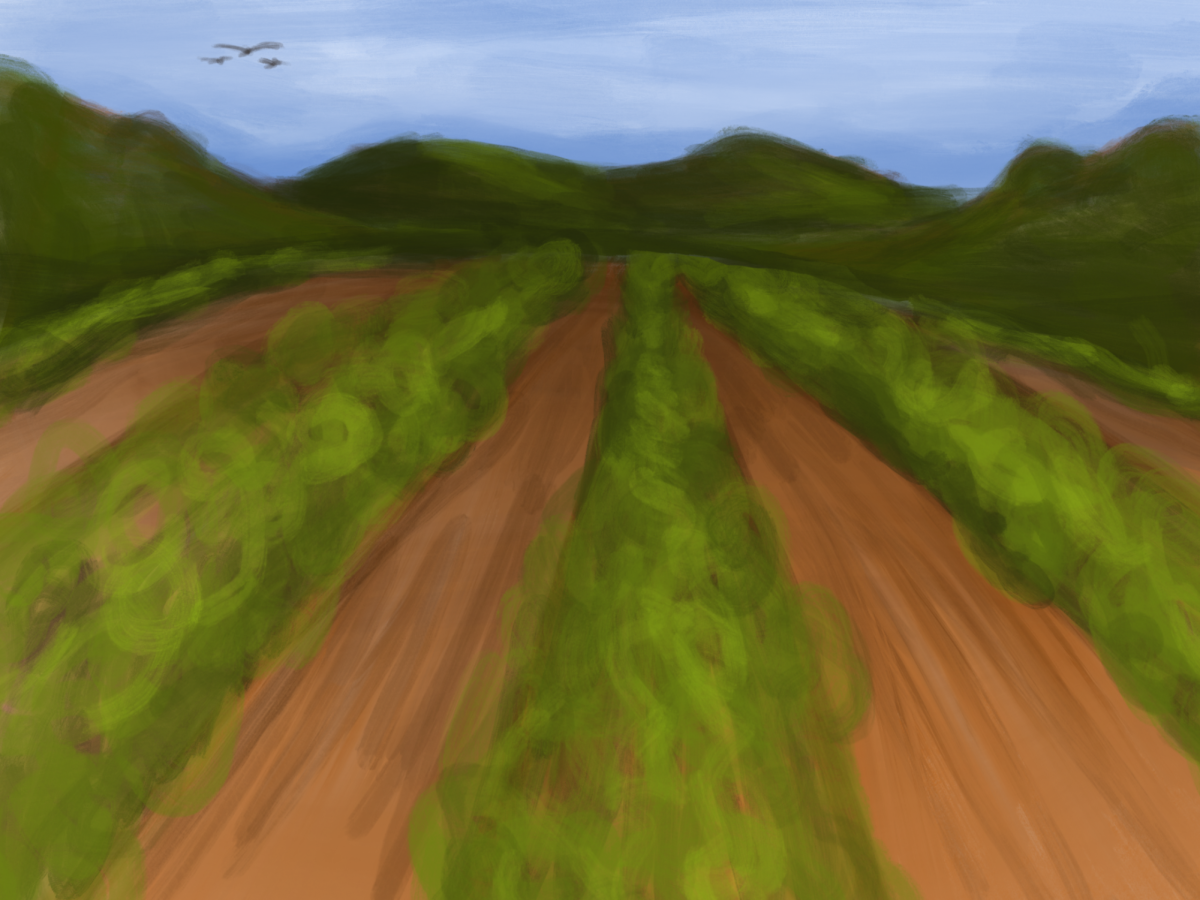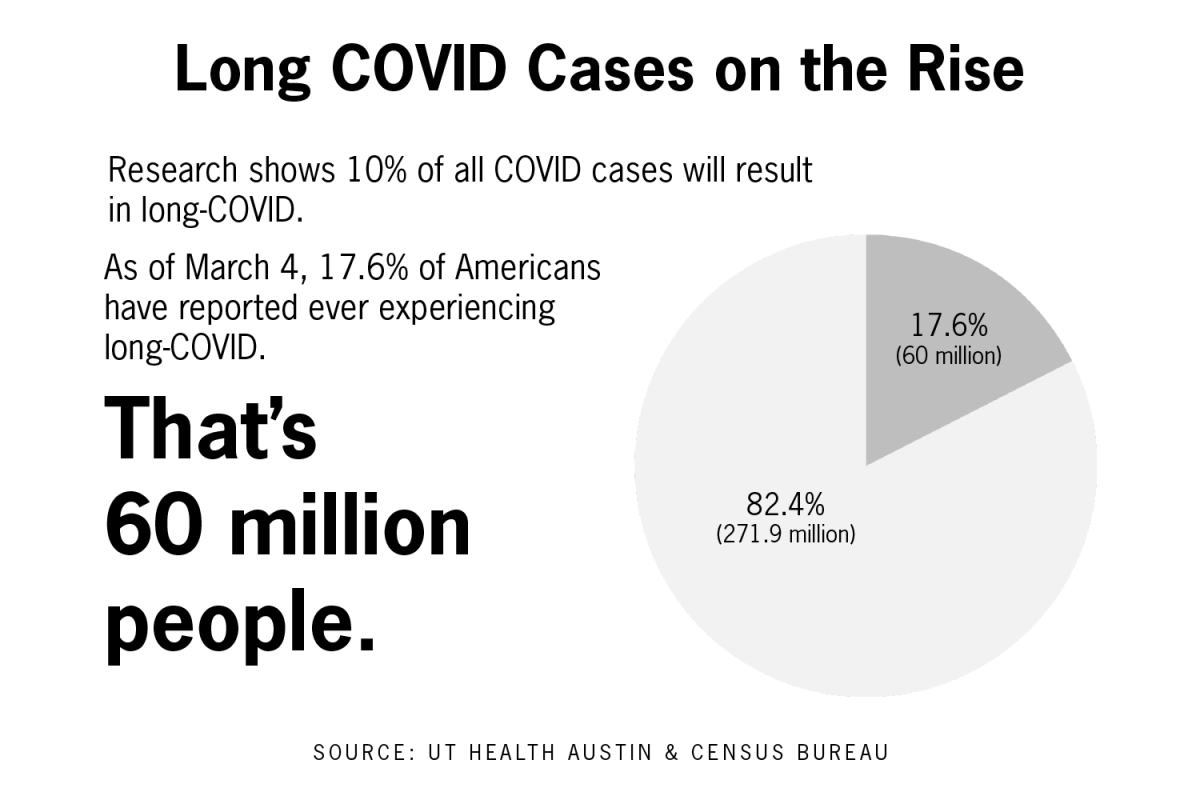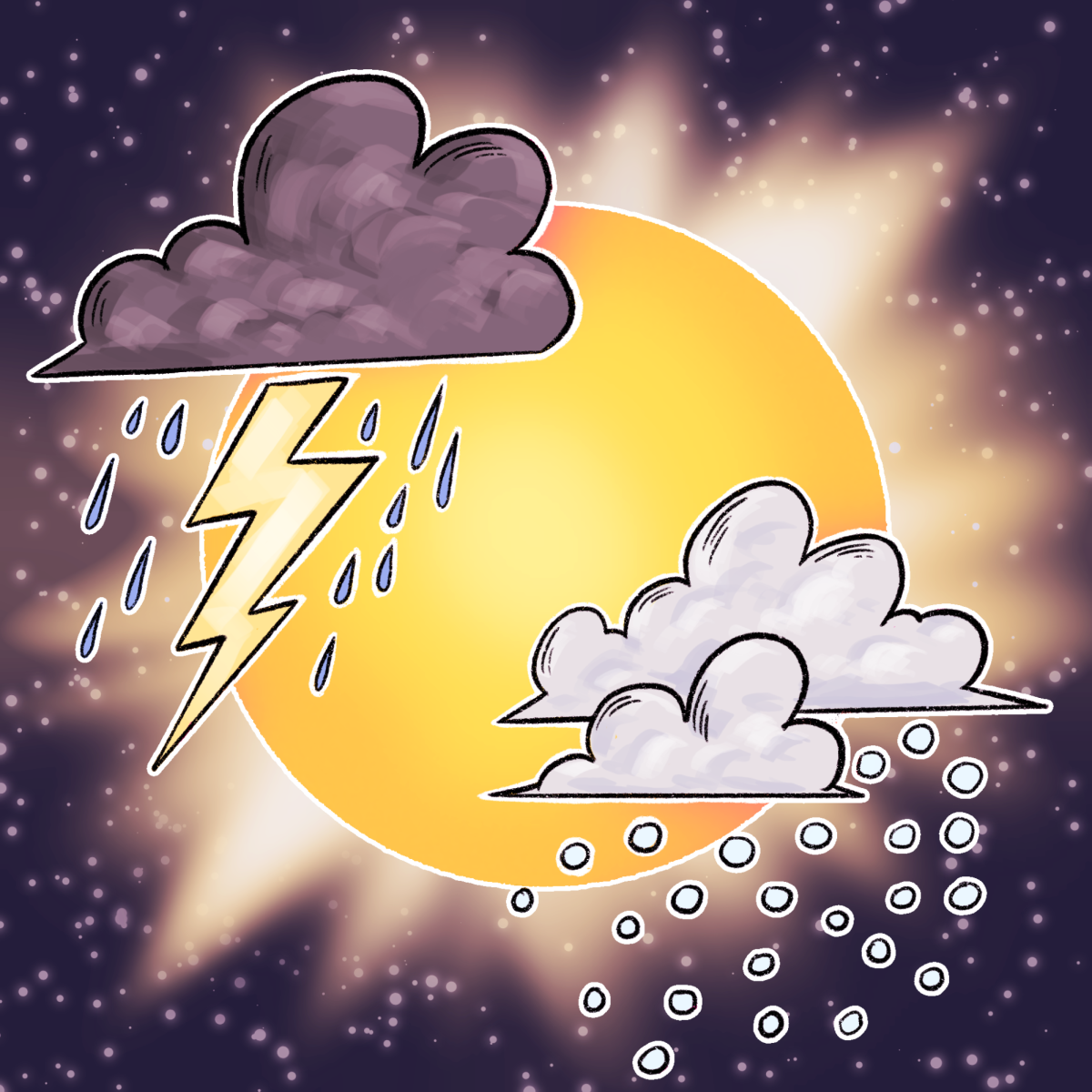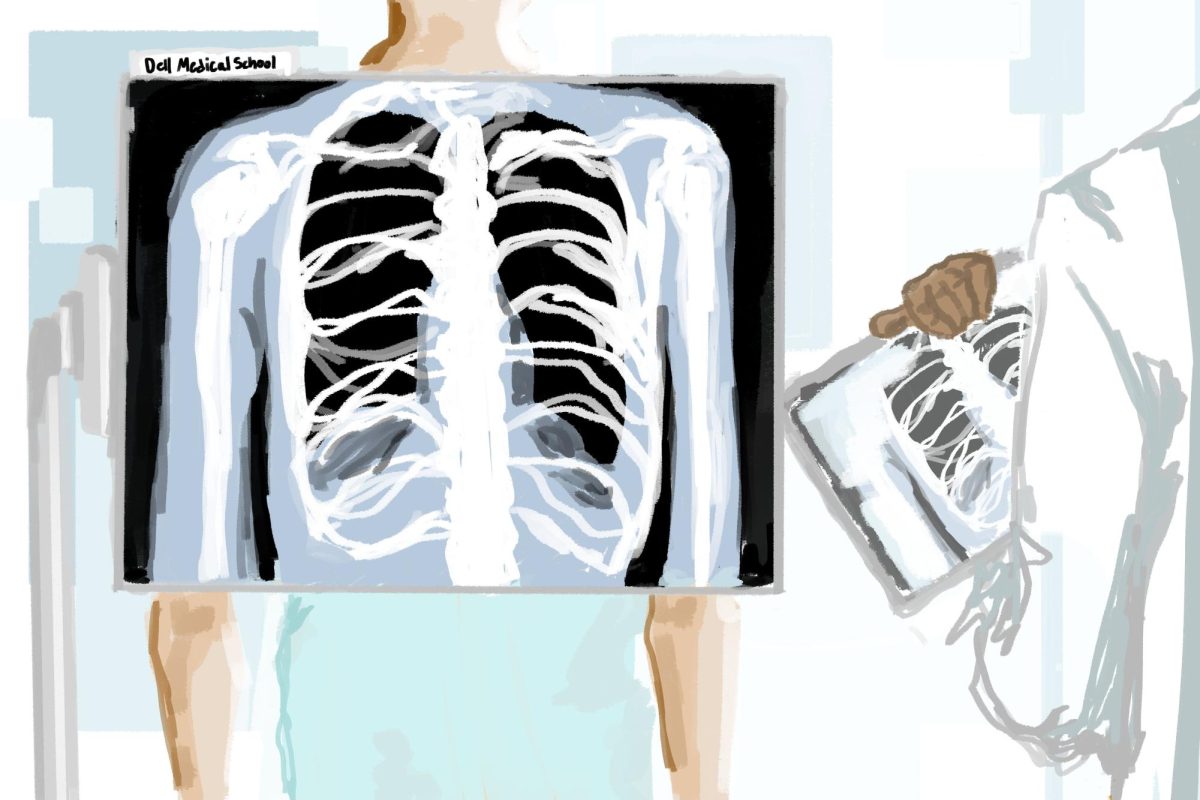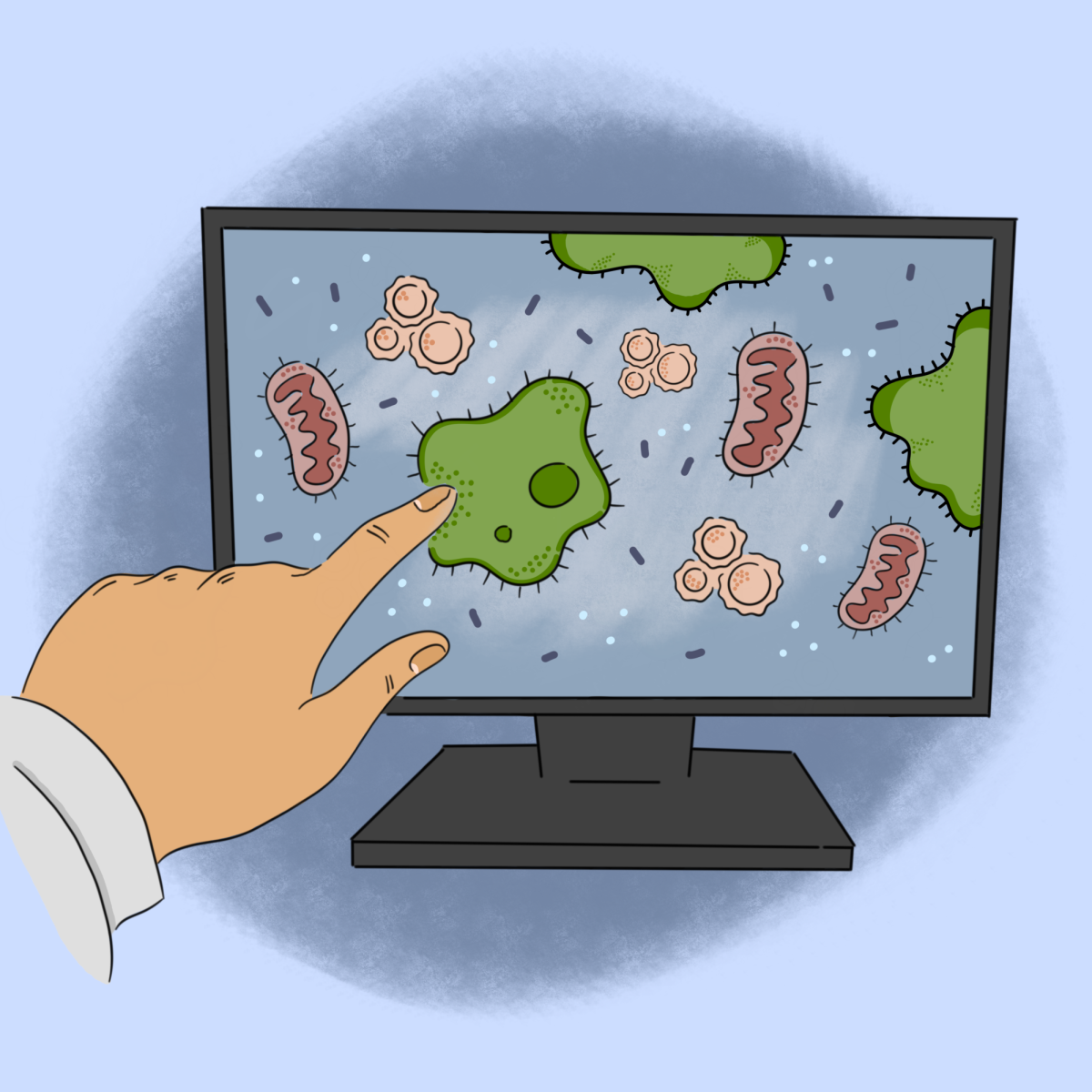UT researchers developed a more sustainable farming system that reduces fertilizer pollution and creates higher crop yields.
Current farming systems rely heavily on nitrogen fertilizers. According to the study published on June 20, nitrogen waste from these fertilizers often pollutes groundwater and contributes to the ozone layer’s depletion. The new method uses a copper-based hydrogel — which detects the amount of nitrogen in the soil and turns it into fertilizer — to convert nitrogen pollution into ammonia.
“This system we developed can recycle the nitrogen nutrients … using the electricity to control the concentration of nitrogen species in the water,” lead author Panpan Li said. “This can help to reduce our use of traditional nitrogen fertilizers because the overuse of this stuff could cause some environmental problems.”
Li said the method also helps plants increase their nutrient uptake and growth.
“This new system could also improve the plant growth by providing precise control of nitrogen contents and ratios through recycling the nitrogen with the waters from agricultural runoff to fertilize crops,” Li said.
The paper builds on previous projects by professor Guihua Yu’s team, which researched hydrogel materials designed for water conservation purposes. Yu said the research focus gradually shifted from water to technologies that prevent nitrogen overuse, a primary contributor to worsening soil.
“Land degradation is also one of the biggest problems for agriculture over a period of time,” Yu said. “Many of the lands will become degraded, so they may not be able to grow as much as before. How to effectively use fertilizer with the right amount — that was our next focus beyond the water.”
In the future, Yu would like to scale up the system, originally meant to grow wheat and rice, for use in a wider variety of crops. He said the system’s ability to monitor nitrogen levels in the soil would work well with developing automated technology.
“These can be driven by the rapid growth of AI and machine learning to be able to cover our design concept, to be able to implement it to that bigger scales,” Yu said. “The next step is to be able to work with different crops and also in more integrated levels beyond our simple demonstration of crops like rice and wheat.”
Li said the researchers hope to continue developing the system to integrate it with renewable energy sources and expand usage.
“In the future, the whole system could be powered by solar energy,” Li said. “I think it is greener and more sustainable than the other strategies.”



